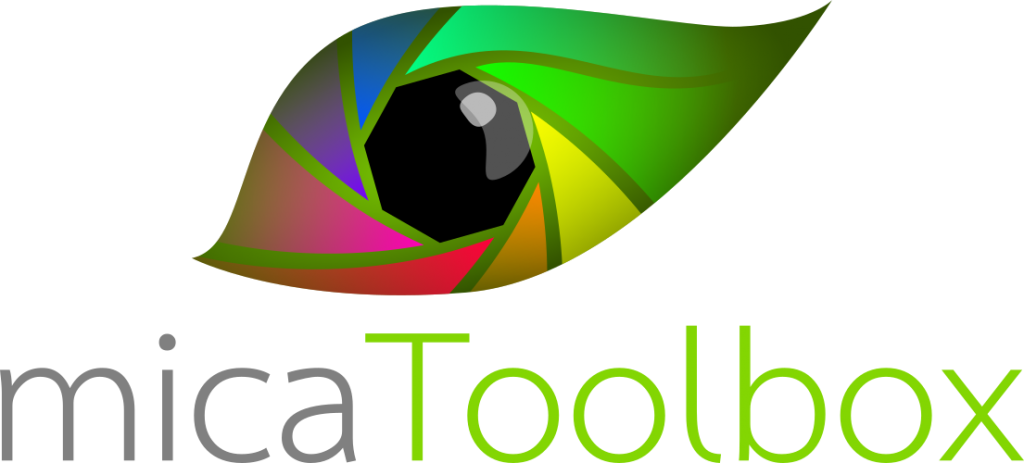The micaToolbox is being used by scientists across a huge range of disciplines for analysing images objective, and modelling animal-vision. The toolbox has also attracted collaborative partners, and has grown in features and complexity considerably over the past few years. We therefore decided to launch version 2 of the toolbox on a dedicated website: www.empiricalimaging.com . Here you’ll find a huge user guide (>50 articles currently), various tutorial videos, sample data, and an online forum. We hope that the forum will help to create a community user-base.
The BETA version of the QCPA framework and micaToolbox version 2 is now available at empiricalimaging.com ! This release makes a huge range of sophisticated animal vision modelling and analysis tools available to everyone. The BioRxiv pre-print manuscript detailing the QCPA framework is now available here.
The micaToolbox and QCPA framework are free and open-source tools. Additionally we have developed new techniques which mean all of these tools can be used with basic equipment, such as a smartphone and standard colour chart.
See a video guide introducing the micaToolbox and QCPA framework.
New features available in this release
The micaToolbox has undergone a significant number of changes to warrant the upgrade to version 2.0. Here is a summary of the additions:
The Quantitative Colour and Pattern Analysis (QCPA) Framework, which includes a vast range of image processing, visualisation and analysis tools, including:
- Colour Adjacency Analysis*
- Visual Contrast Analysis*
- Boundary Strength Analysis*
- * These analyses have all been adapted and improved since their original publication
- RNL Clustering
- RNL Ranked Filter
- Gaussian Acuity Correction
- AcuityView Acuity Correction
- Colour Map Visualisation tools
- Conversion to RNL Chromaticity Space
- Local Edge Intensity Analysis
- Particle Analysis

Other major additions to the micaToolbox are:
- Cone-mapping based on colour charts (you no longer need to know the spectral sensitivities of your camera – all you need is an X-Rite chart!)
- Support for non-linear and sRGB images via linearisation modelling tools
- GabRat Edge Disruption Calculation Tools
- Naive Bayes Clustering tools
- Reflectance images are now on a more intuitive 0-100% scale, and cone-catch images are on a 0-1 scale
- RAW images are now handled by a custom-written DCRAW Import function, which is more stable than the previous version






Be First to Comment